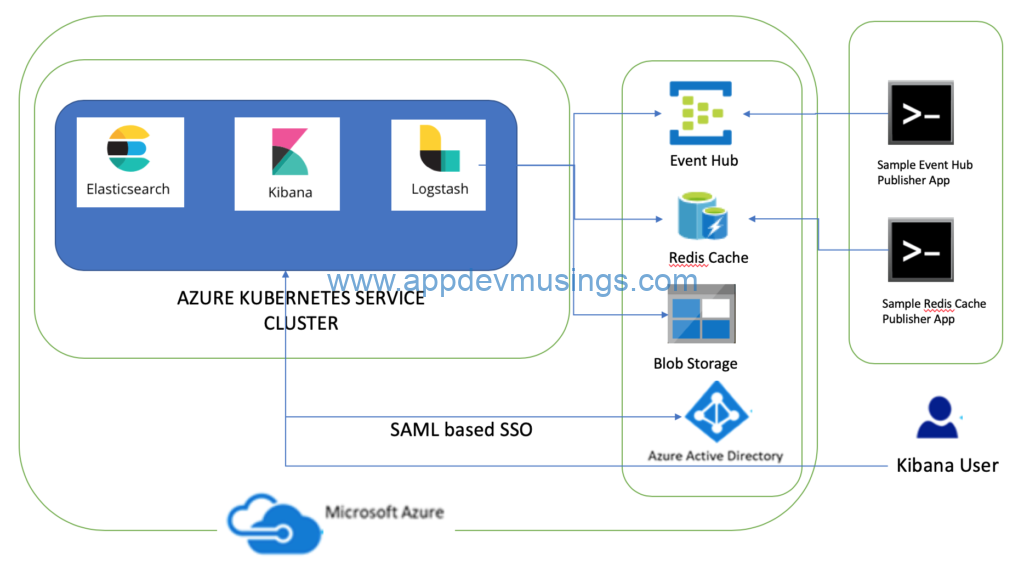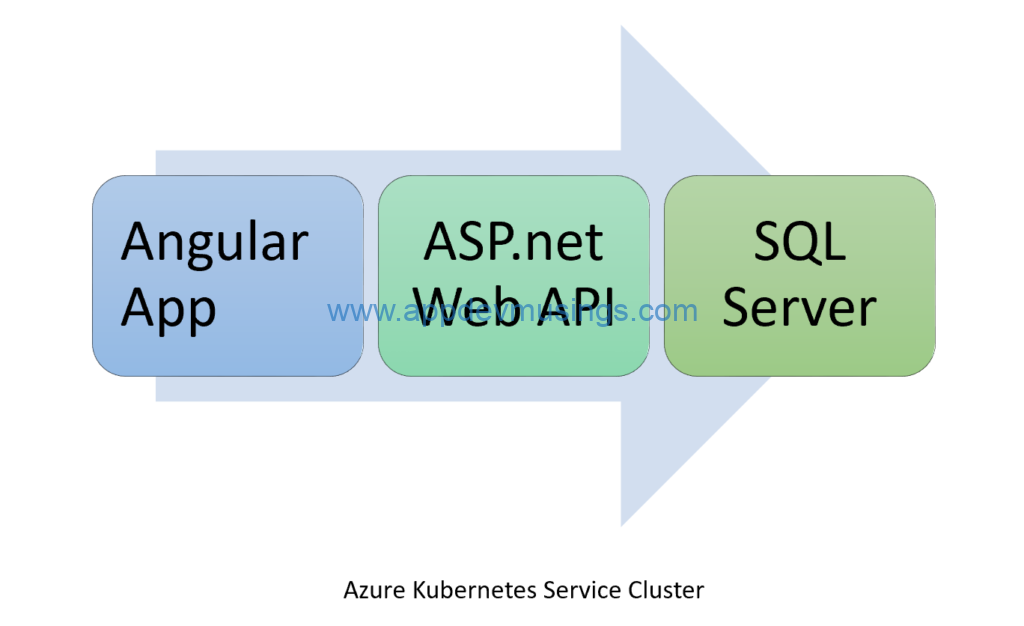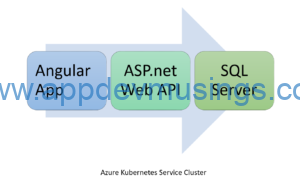Kubernetes has production level support for Windows nodes and Windows containers starting v1.14. The preview of Windows Server containers in Azure Kubernetes Service was announced recently and in this article I am going to share steps needed to run Windows containers in AKS.
- Create a ASP.NET Core 3.0 (preview) application
- Build and Publish Docker Image (Windows Server 2019)
- Deploy ASP.NET Core 3.0 application to Windows nodes in Azure Kubernetes Service cluster
The dev tools used to develop these components are Visual Studio 2019/VS Code/Visual Studio for Mac, Docker for Windows (Docker CE) & Kubectl. AKS Dashboard as well as kubectl commands are used to create Kubernetes resources in AKS. The source code is available for download at GitHub.


